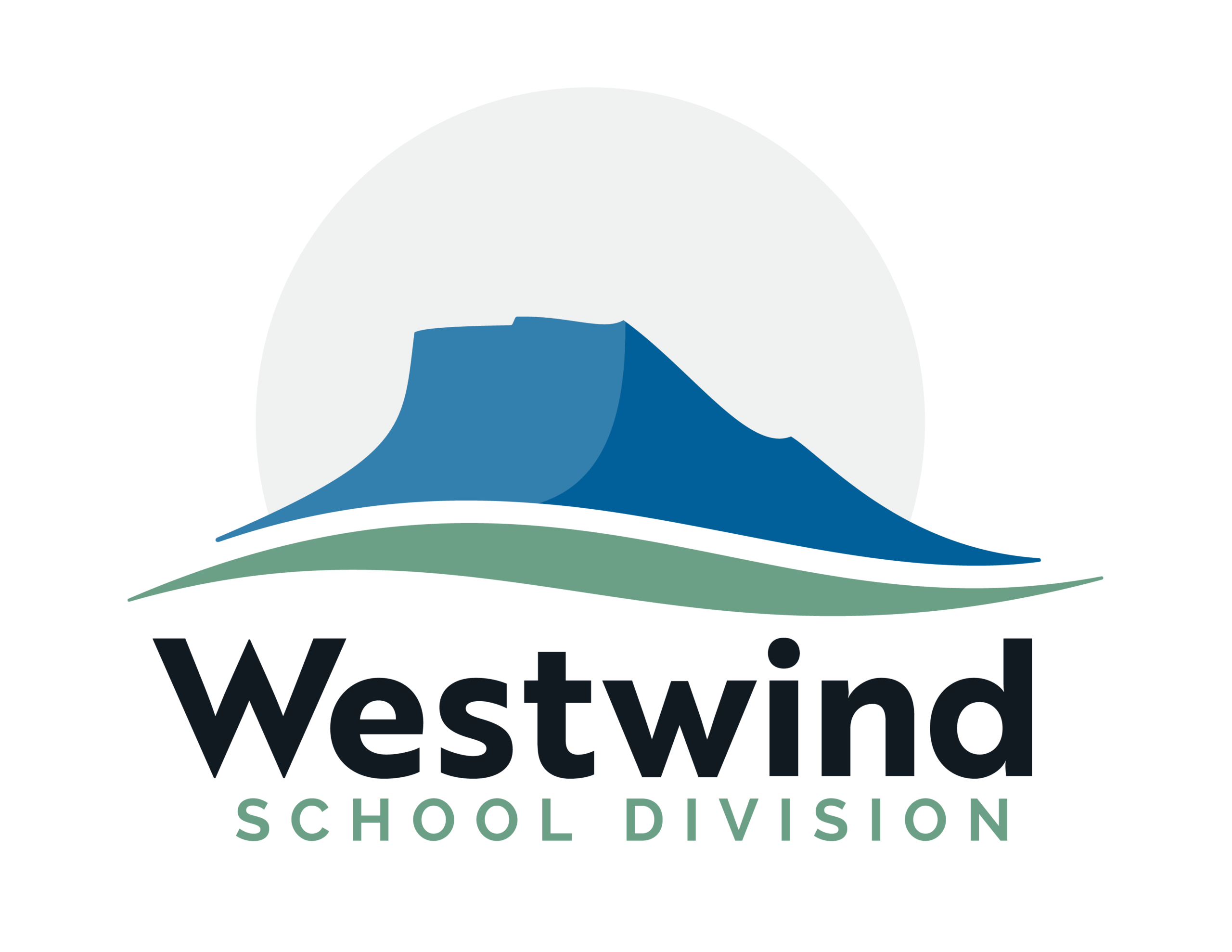
School Boards are made up of trustees elected every four years from wards (at large) in the jurisdiction. As elected officials, school board trustees are accountable to the voters. As stewards of millions of dollars in public funds, they are accountable to taxpayers. And as people entrusted with the care and education of children, they are responsible to parents and the community-at-large.
School boards play an important role in education. Through the Education Act, the Government of Alberta delegates much of its authority for the governance of education to locally elected boards. School boards have the responsibility to make decisions regarding the health and safety of their students. This includes assessing risks and ensuring that the best interests of all their students, teachers, administrators, parents and volunteers are being considered. There are 62 public, separate and francophone school boards in Alberta that are elected by and accountable to the communities they serve.
In Alberta, citizens elect school boards to act for the legislature in their local schools and communities. School boards exist because of the belief that government – and decisions – made closest to the people being governed are the most effective.
Some of the decisions made by school boards include:
- Planning for the jurisdiction, setting priorities for the system in light of community wishes, available resources and sound educational practice
- Setting goals for the jurisdiction, ensuring education stays in step with today's world
- Evaluating the School Board Superintendent
- Adopting an annual budget for the school system
- Making policy to guide the administration and employees toward district goals
- Communicating with the community and staff on behalf of the jurisdiction
- Educating others, with a goal of ensuring education is given a high priority by the public and to make the community aware of the jurisdiction's achievements
- Gathering information in order to make sound decisions
- Adjudicating in policy disputes
(Adapted from the Alberta School Boards Association)
Alberta’s legislature has delegated some authority for the governance of education to school boards. As statutory corporations school boards have obligations to perform and they have powers to carry out these tasks. The new Education Act allows for more local decision-making through added flexibility and gives boards Natural Person Powers – providing more discretion in how boards fulfill their responsibilities to the community.
The board of trustees is granted many types of authority to enable it to fulfill its mandate to provide kindergarten to Grade 12 education within its jurisdiction. These powers relate to providing educational services.
The school board selects a superintendent of schools, delegates administrative duties to the superintendent and evaluates the superintendent’s performance. The school board clearly outlines its expectations of the superintendent. Legislation gives school boards the power to engage in a wide range of activities. Typically school boards delegate operational tasks to the superintendent and focus their energy on governing the system by setting performance targets and holding the system accountable for the desired results. No matter how the school board assigns duties and responsibilities, ultimately it is the school board that will be held accountable for the outcomes.
A school board’s relationship with the superintendent is the most important relationship in the school system. The school board and superintendent have different but complementary roles. Each party’s success is greatly influenced by the other’s success. Both parties must nurture this relationship. The school board must clearly establish the roles and responsibilities of the school board, the board chair and the superintendent.
The school board holds the system – and itself – accountable for achieving its goals. The school board assigns roles and responsibilities for the desired results and creates a system to monitor and evaluate the achievement of those results. The school board reports system and school performance to the public and to the provincial government.
How does Alberta Education decide how much money each school board gets?
The Funding Manual for School Authorities provides a detailed explanation of how the government distributes money to the province’s 61 school boards.
In broad strokes, the government allocates money to each school board based on the number and type of students the jurisdiction serves; where the students live and the economic conditions under which students are being served.
Generally, money comes to school boards in five different categories:
1.Base instruction funding
2.Differential funding
3.Targeted funding for provincial initiatives
4.Other provincial support funding
5.Capital funding
The Local Authorities Election Act provides standardization of election procedures for all local authorities. Local authorities include villages, towns, counties, municipal districts, and school boards.
Elections are a fundamental element of democratic governance. They grant individuals an equal voice and foster community involvement in the delivery of education. An informed and effective board of trustees must be comprised of community representatives. The Education Act and Local Authorities Election Act allow school authorities to design electoral structures that best serve the demographic and geographical makeup of their respective education communities.
Section 76 of the Education Act allows school authorities to elect trustees at large or by wards. When elections are at large, all persons residing in the school authority’s geographical area vote for all candidates.
For more information about School Board Elections please visit westwind.ab.ca/board-of-trustees/election-information
The Alberta School Boards Association (ASBA) has developed resources to help citizens better understand the role of trustees.
To look up schools and school boards by their name or location, details are at http://www.asba.ab.ca/about-asba/people/school-boards/




